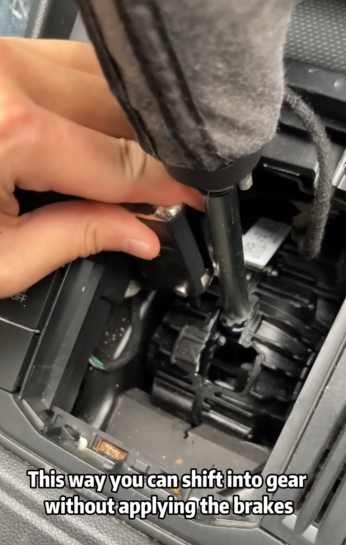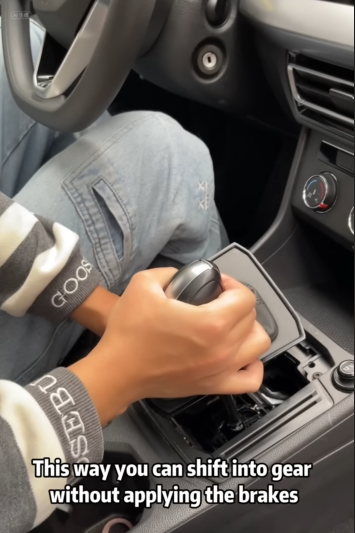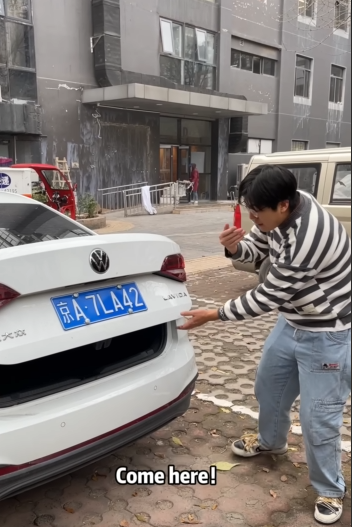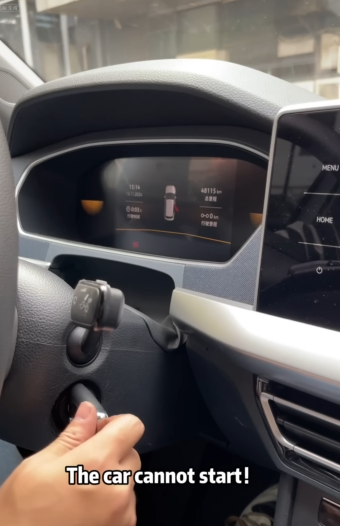
Imagine this: You’re driving down a quiet road, maybe late at night or in the middle of a thunderstorm, and suddenly your car starts acting up. A strange noise. A warning light. Or worse, the engine sputters and dies. Panic starts to set in. Now what?
This is when knowing your car’s emergency functions can make all the difference. These features are designed to help you stay safe, informed, and sometimes even mobile when things go wrong. But here’s the question: do you actually know what they are?

What Are Car Emergency Functions?
Car emergency functions are built-in safety systems or features meant to assist you during critical situations. These might include automatic hazard lights, emergency braking systems, SOS call buttons, or even tire pressure warnings. The goal? To protect you and others from harm, or at least help reduce the risk during unexpected moments.
Let’s break down the most important ones every driver should know.
1. Hazard Lights (Emergency Flashers)
This is the most obvious, and arguably the most underutilized, function. That red triangle button on your dashboard? It activates your car’s hazard lights.
When to use:
- When your car breaks down and you’re stopped on the road or shoulder
- If you’re in an accident and need to warn oncoming traffic
- During severe weather when visibility is poor
Many drivers forget to turn them on when it matters most. It takes one second but could prevent a collision.
2. Emergency Braking Systems (AEB)
Modern vehicles are increasingly equipped with Automatic Emergency Braking (AEB). This system detects obstacles in front of your car—like a suddenly stopped vehicle—and applies the brakes if you don’t react in time.
Why it matters:
- AEB can prevent or lessen the severity of collisions.
- It kicks in when human reaction time fails.
Tip: Know whether your car has AEB and how it behaves. Some cars give audible or visual warnings before engaging the brakes. Others just act.

3. Tire Pressure Monitoring System (TPMS)
That yellow horseshoe-looking light with an exclamation point? That’s your tire pressure warning.
What to do:
- If it lights up, pull over safely and check your tires.
- A flat tire can lead to dangerous blowouts or reduced control.
Some modern systems will show you which tire is low and even the current PSI.
4. Anti-Lock Braking System (ABS)
ABS is now standard in most vehicles. It prevents your wheels from locking up during hard braking, giving you better control.
You’ll know it’s working if:
- You feel a pulsating in the brake pedal during a sudden stop. That’s normal. Don’t pump the brakes—just hold pressure.
Knowing this helps avoid confusion or panic when it activates.
5. Electronic Stability Control (ESC)
This safety function helps prevent skidding and loss of control. If your car starts to drift or slide, ESC automatically applies braking to specific wheels.
It works best when:
- Driving in rain, snow, or ice
- Taking sharp curves too quickly
ESC is especially useful in SUVs and trucks, which are more prone to rollover.

6. Emergency Call (eCall/SOS Button)
Many newer vehicles come with an SOS or emergency call button, usually located near the rearview mirror.
What it does:
- Connects you directly to emergency services
- Automatically calls for help in case of a crash (in equipped cars)
Important: If your vehicle has this feature, familiarize yourself with how it works. In an emergency, it could save lives.
7. Lane Departure Warning / Lane Keep Assist
These functions alert you if your car drifts out of its lane. Lane Keep Assist can even gently steer you back.
Ideal during:
- Long drives
- Nighttime or highway travel when you might lose focus
Some drivers find the alerts annoying, but they exist to prevent common (and deadly) mistakes.
8. Engine Cut-Off in a Collision
In the event of a serious crash, some cars are designed to automatically cut off fuel to the engine to prevent fires. They may also unlock the doors and turn on the interior lights.
It’s easy to overlook these invisible systems until they kick in. But knowing your car has them is reassuring.
9. Safety Escape Tools
While not a built-in function, having emergency tools in your car can be lifesaving. Consider keeping:
- A seatbelt cutter/window breaker
- First-aid kit
- Flashlight
- Jumper cables
In an emergency where you’re trapped or need to help someone else, these tools can be crucial.
10. Emergency Mode / Limp Mode
Some vehicles enter “limp mode” if a serious mechanical issue is detected. This limits your speed and power to prevent further damage.
If it happens:
- Pull over safely
- Avoid driving long distances
- Seek professional help ASAP
Knowing what limp mode feels like (typically a sudden drop in acceleration) can help you react calmly.

The Bottom Line
Cars today are smarter and safer than ever, but all those features mean nothing if you don’t know how they work. Emergency functions are there to protect you, not confuse you. Familiarize yourself with your owner’s manual. Test buttons. Learn the lights. Talk to your dealer or mechanic if you’re unsure.
And always remember: preparation beats panic.
Final Thought
Whether you’re a new driver or a seasoned one, take time this week to learn or refresh your understanding of your car’s emergency features. You never know when that knowledge will make the difference between a close call and a crisis.
So… do you know your car’s emergency function now?



